
Kay Industries Rotary Phase Converters: Engineer’s Guide
For engineers and technicians, converting single-phase power to a reliable three-phase supply is a critical challenge. This ultimate guide focuses exclusively on Kay Industries rotary phase converters, the industry standard for performance and durability. We go beyond basic specifications to provide in-depth analysis on correct rotary phase converter sizing, application-specific installation, and long-term maintenance. Learn how to avoid common pitfalls that lead to equipment failure and costly downtime. This resource will help you confidently select the right single phase to 3 phase converter, ensuring balanced power for your sensitive machinery and motors. Whether you're powering a CNC machine, irrigation pump, or an entire workshop, our expert insights will guarantee your project's success.
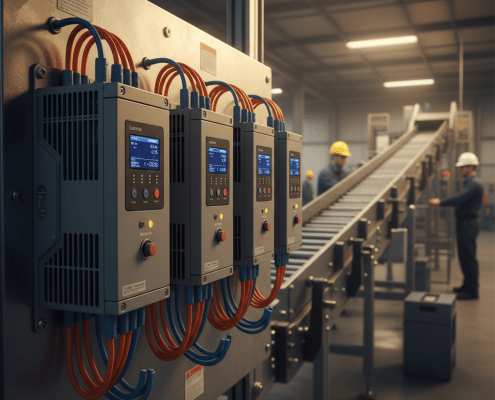
Lenze AC Tech MC Variable Frequency Drives VFDs Guide
Are you looking to enhance motor control and maximize operational efficiency? This comprehensive guide delves into Lenze AC Tech MC variable frequency drives VFDs, the robust solution for demanding industrial applications. We cover everything from the initial setup of your AC Tech motor controller to advanced Lenze VFD troubleshooting techniques that will save you time and prevent costly downtime. Whether you're a seasoned engineer consulting a variable frequency drive manual for precise configurations or a technician on the floor working with an AC Tech mc drive, this article provides actionable insights. We'll walk you through common error codes, offer preventative maintenance schedules, and share expert tips to optimize performance, reduce energy consumption, and extend the life of your equipment. Unlock the full potential of your machinery and ensure smooth, reliable operation with our expert guide to the Lenze mc series VFD.
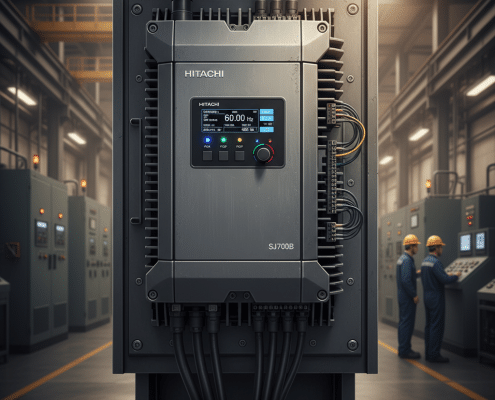
Hitachi SJ700B Variable Frequency Drives VFDs: Guide
Struggling with your Hitachi SJ700B inverter? This comprehensive guide is your go-to resource for mastering the setup, programming, and troubleshooting of these powerful drives. We translate the complex sj700b vfd manual into easy-to-follow, actionable steps, designed to get your industrial equipment running at peak efficiency. In this article, you'll learn how to properly install and configure your drive, diagnose and resolve common error codes quickly, and optimize key parameters for your specific motor application. We also cover preventative maintenance tips to extend the life of your drive and prevent costly downtime. Whether you're a seasoned technician or new to hitachi industrial drives, this guide provides the practical insights you need. Stop searching forums and find the definitive answers here.

Eaton SPX9000 Variable Frequency Drives VFDs: Guide
Struggling with your Eaton variable frequency drive? This comprehensive guide is your essential resource for mastering the powerful SPX9000 series. We dive deep into everything from initial setup and configuration to advanced programming and parameter adjustments for optimal performance. Whether you're looking to enhance motor control, significantly increase energy efficiency, or need a reliable spx9000 troubleshooting guide to resolve common faults, this article has you covered. Unlock the full potential of your drive with our expert tips, clear step-by-step instructions, and detailed parameter explanations that make complex configurations simple. Stop wasting time searching through dense technical manuals. Our guide provides the practical, real-world knowledge you need to improve your system's reliability, reduce downtime, and maximize operational output. Read on to become an SPX9000 expert and take full control of your motor applications.

ABB ACS580-0P Variable Frequency Drives VFDs Guide
Unlock the full potential of your industrial applications with our comprehensive guide to the ABB ACS580 drive. As a leading general purpose VFD, it's designed for unmatched simplicity and efficiency. This article provides a deep dive into everything you need to know, from initial setup to advanced parameter settings and troubleshooting common faults. We demystify the control panel, translate key functions from the ACS580-0P manual, and offer practical tips for optimizing motor control for maximum energy savings. Whether you're a seasoned technician or an engineer specifying new equipment, this overview will help you master the ABB ACS580-0P variable frequency drives (VFDs) and enhance your operational productivity.
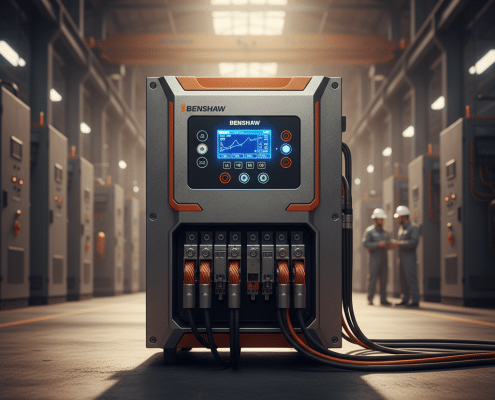
Benshaw EMX4e Softstarters: Maximize Motor Efficiency
Are you looking to enhance motor performance and reduce operational costs? This in-depth guide explores the powerful capabilities of the Benshaw EMX4e softstarters. We break down how this advanced motor control technology protects your critical equipment from the intense electrical stress of startup, significantly extending motor lifespan and preventing costly operational downtime. Discover the user-friendly interface, intelligent features like advanced pump control and braking, and seamless system integration that define the EMX4e series. Whether you are an engineer, technician, or plant manager, this article provides the expert insights you need for initial setup, programming, and advanced troubleshooting. Learn how to unlock peak efficiency, improve system reliability, and maximize the return on your investment in industrial motor control. Dive in to master your motor management strategy and see why Benshaw is a leader in the field. This is the ultimate resource for getting the most out of your equipment.
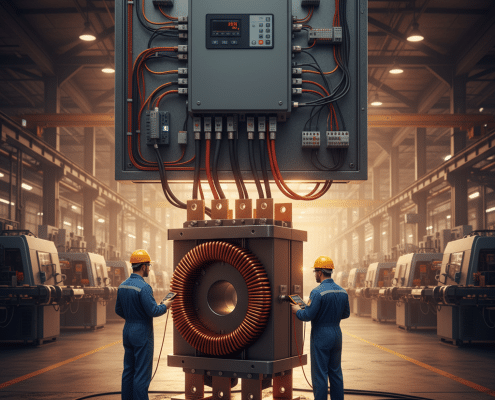
Line Reactor VFD: When to Use One for System Protection
Deciding when to install a line reactor for your Variable Frequency Drive (VFD) is a critical engineering choice that impacts system longevity and performance. This technical guide demystifies the process, explaining how a line reactor vfd acts as a crucial barrier against harmonic distortion, voltage sags, and transient spikes that can damage sensitive electronics. We explore the specific scenarios where an ac line reactor is not just recommended, but essential for protecting your motor and drive investment. Learn to identify the signs of poor power quality and see how this component can prevent costly equipment failure, ensuring a more reliable and efficient system.
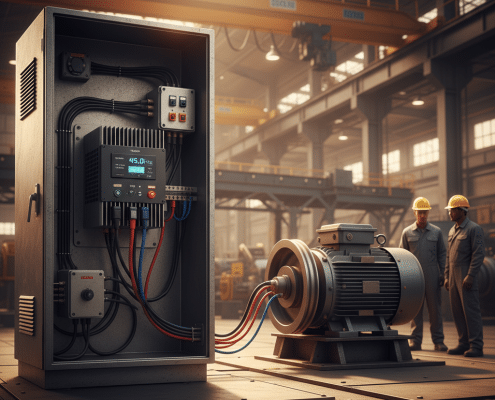
3 Phase Motor VFD: A Guide to Choosing the Right One
Choosing the right variable frequency drive (VFD) for your motor is crucial for optimal performance and energy efficiency. This practical guide demystifies the selection process, breaking down the essential specifications you need to consider, from voltage and horsepower ratings to control methods and enclosure types. We'll walk you through the fundamentals of three phase motor speed control, explaining how a VFD can improve your system's reliability and reduce operational costs. You'll also find clear, step-by-step advice on variable frequency drive wiring and setup to ensure a safe and successful installation. Whether you're an engineer, a technician, or a hobbyist, this article will equip you with the knowledge to confidently select the perfect VFD for your specific application, avoiding common pitfalls and maximizing your investment.

VFD And Motor: Proven Methods To Maximize Efficiency
Boost efficiency and extend motor life with the right VFD and motor pairing. This article breaks down proven methods to cut energy costs, improve process control, and reduce mechanical stress—supported by real-world case studies from leading manufacturers. Discover best practices, technical considerations, and product recommendations to ensure your system performs at its peak.

AC Variable Speed Compressor – Technology, Benefits & Best Practices
Traditional fixed-speed compressors waste energy and punish components with harsh start-stop cycles. Our latest guide explains how pairing a compressor with a Variable Frequency Drive lets the motor track real-time demand—cutting power use up to 50 %, trimming noise, and extending equipment life. See proven case studies and get practical sizing tips that pay for themselves in under two years.
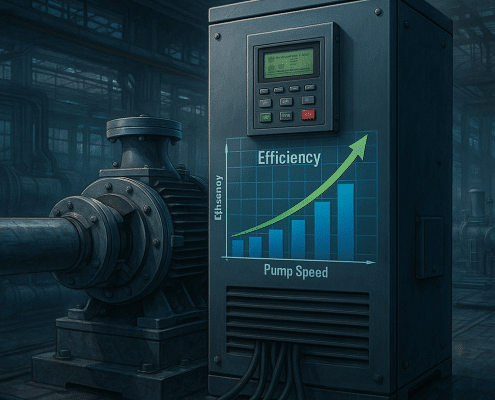
Variable Frequency Drive Pump Guide: Efficiency, Control & Products
Industrial pumps no longer have to run at one speed and drain your budget. Discover how a variable frequency drive pump slashes energy costs up to 50 %, stabilizes pressure within 1 psi, and extends equipment life by soft‑starting and eliminating water hammer. See real‑world paybacks under two years, plus built‑in analytics that flag issues before downtime strikes. Read the full guide and get our top product picks for seamless retrofits and new installations.
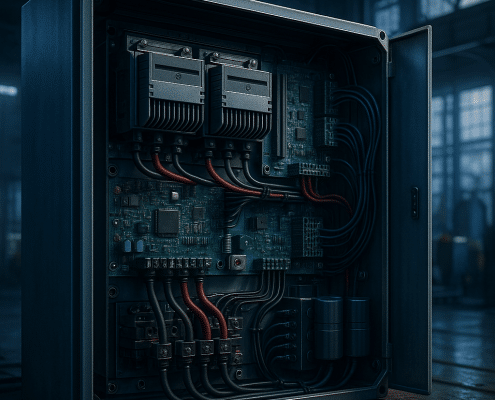
Variable Frequency Drive VFD: Specs, Standards & Case Studies
Precision Electric’s latest guide reveals how a modern variable frequency drive slashes fan and pump energy by up to half, smooths start‑ups, and extends equipment life. Compare leading models from ABB, Yaskawa, Eaton and Lenze, see real‑world payback data, and download the full technical PDF. Ready to stop running motors wide‑open? Read the article and discover instant savings.





